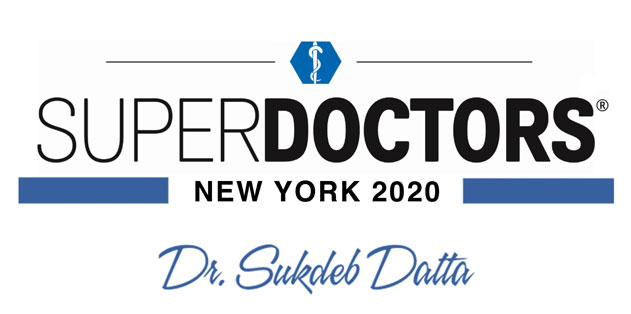A bulging disc occurs when one of the intervertebral discs becomes misshapen, potentially pressing against the spinal cord or nerve roots. A cervical disc bulge is a bulging disc that occurs in the cervical portion of the spine - also known as the neck. This type of disc bulge is less common that bulges in the lower back, but the effects can be just as devastating.
Understanding Bulging Discs
The spine has three main components: the spinal cord, the intervertebral discs, and the vertebrae. The spinal cord is responsible for sending signals to and from the brain, and the cervical portion contains the largest amount of nerves. The vertebrae are responsible for protecting the spinal cord and providing structure to the back, while the discs absorb shock and facilitate movement.
The intervertebral discs are made of cartilage. They have been said to resemble a jelly doughnut, with a relatively soft interior surrounded by a firmer ring of tissue. When a disc bulges, the outer portion is damaged but the inner portion remains intact.
Cartilage doesn't receive a great deal of nutrients, and for that reason injuries to the cartilage heal very slowly. In fact, non-surgical treatments aren't aimed at healing the disc itself, but rather at relieving the symptoms the bulge causes;
Symptoms
As mentioned above, the spinal cord sends sensory information to the brain, and motor information from the brain. A bulging disc can interrupt these signals, causing symptoms like:
If you think you might have a bulging disc or other spine condition, please schedule a consultation by clicking below or calling the Datta Endoscopic Back Surgery and Pain Center at (646) 374-1799.
Understanding Bulging Discs
The spine has three main components: the spinal cord, the intervertebral discs, and the vertebrae. The spinal cord is responsible for sending signals to and from the brain, and the cervical portion contains the largest amount of nerves. The vertebrae are responsible for protecting the spinal cord and providing structure to the back, while the discs absorb shock and facilitate movement.
The intervertebral discs are made of cartilage. They have been said to resemble a jelly doughnut, with a relatively soft interior surrounded by a firmer ring of tissue. When a disc bulges, the outer portion is damaged but the inner portion remains intact.
Cartilage doesn't receive a great deal of nutrients, and for that reason injuries to the cartilage heal very slowly. In fact, non-surgical treatments aren't aimed at healing the disc itself, but rather at relieving the symptoms the bulge causes;
Symptoms
As mentioned above, the spinal cord sends sensory information to the brain, and motor information from the brain. A bulging disc can interrupt these signals, causing symptoms like:
- Pain
- Muscle weakness
- Numbness or tingling
If you think you might have a bulging disc or other spine condition, please schedule a consultation by clicking below or calling the Datta Endoscopic Back Surgery and Pain Center at (646) 374-1799.






 EDISCSCULPT
EDISCSCULPT



